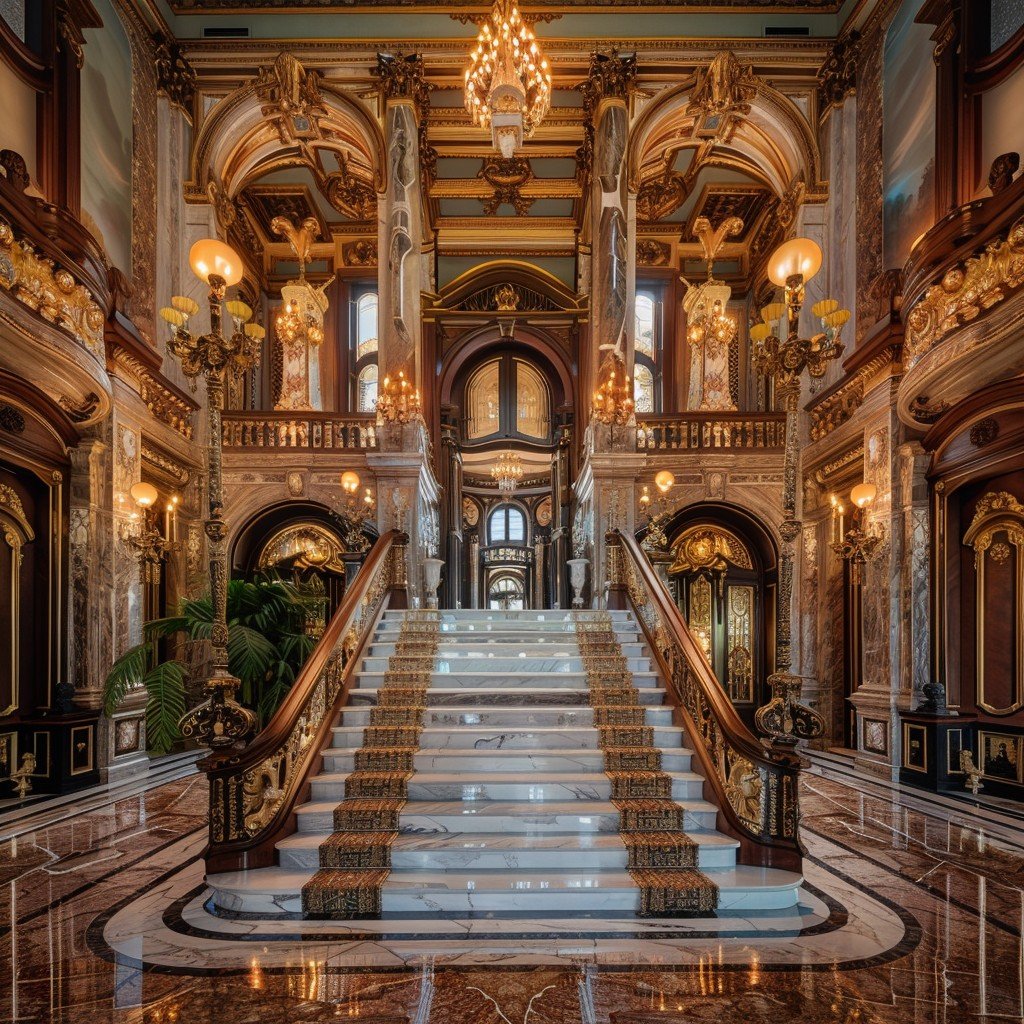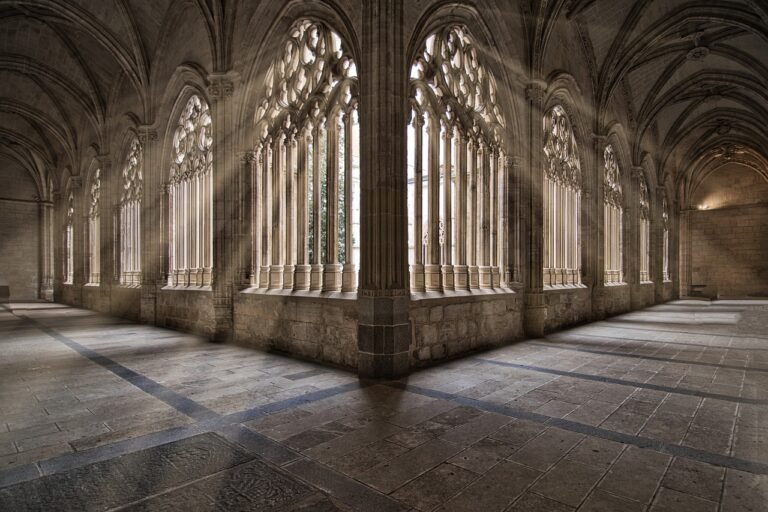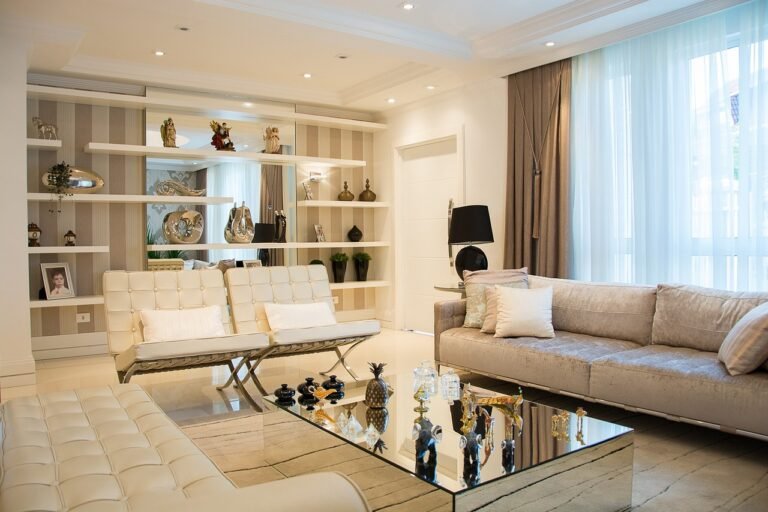Architecture And Design
Architecture and design merge aesthetics with capability to form the environments we inhabit. These fields stability innovative expression and practical considerations in building areas.
Crafting structures and spaces, architecture and layout stand as dual pillars that dictate the capability and aesthetics of our physical global. Architects and designers harmonize artwork with science to create homes, interiors, and landscapes that are both stunning and sensible.
This synergy is essential in shaping the visual narrative and value of our environment, from the houses we live in to the offices we work at, and the general public areas we frequent. A well-designed architectural space now not simplest addresses the wishes of its users however also contribute to their nicely-being and productiveness. As such, professionals on this subject must own a keen eye for detail, a deep knowledge of materials and production methods, and an appreciation for sustainability and innovation. The result is an ever-evolving built environment that responds to cultural shifts and technological advancements, continually redefining our interplay with the areas round us.
The Evolution Of Architectural Design
The evolution of architectural design reflects human progress. Ancient structures displayed our ability to harness materials and build with purpose. Over time, designs grew in complexity, reaching new heights with modern skyscrapers. Throughout history, various architectural movements have influenced the shapes and functions of buildings.
Gothic architecture brought pointed arches and ribbed vaults. The Renaissance era revived classical ideals, symmetry, and proportion. Modernism, later on, embraced minimalism and practicality.
| Movement | Features | Examples |
|---|---|---|
| Gothic | Pointed arches, ribbed vaults | Notre-Dame Cathedral |
| Renaissance | Symmetry, columns | St. Peter’s Basilica |
| Modernism | Minimalism, open spaces | Empire State Building |
Key Principles in Architecture
Balance and Proportion are key in architecture. These make buildings look right. Balance ensures that no part overpowers another. Proportion keeps sizes in check. Together, they bring harmony.
Functionality means buildings must meet the needs of people using them. This includes being easy to move around in and having enough space. Sustainability focuses on making buildings that do not harm our planet. This involves using materials that are good for Earth and designs that save energy.

The Role of Technology in Modern Architecture
Computer-Aided Design (CAD) has converted how architects create. With CAD, designing complicated systems becomes less complicated and faster. This device permits for specific measurements and adjustments. It also allows architects to visualise their thoughts in 3-D before any actual production starts off evolved. This advancement in technology has appreciably expanded the efficiency and accuracy of architectural design.
Innovative constructing materials and strategies are changing the face of construction. New materials like self-recuperation concrete and obvious aluminum are making buildings safer, extra-long lasting, and power green. Techniques inclusive of modular production speed up the constructing system. They additionally lessen waste, making construction greater sustainable. These innovations are essential for constructing the towns of the next day.
Iconic Architects And Their Legacy
Frank Lloyd Wright revolutionized the manner we reflect onconsideration on spaces. His philosophy of Organic Architecture emphasizes concord between human habitation and the herbal global. This technique integrates homes with their environments, making them appear as if they have got grown from the web page itself. Wright’s designs, along with the Fallingwater in Pennsylvania, exhibit this seamless combo. The structure extends over a waterfall, with cantilevered flooring and open interiors that invite nature internal.
Moving on to Zaha Hadid, she was a pioneer of Deconstructivism. Her unconventional and futuristic buildings defy conventional paperwork. Hadid’s work is characterised by way of flowing lines and fragmented geometry, giving a feel of movement and fluidity. Projects like the London Aquatics Centre for the 2012 Olympics display her progressive method. The centre capabilities a wave-like roof and undulating walls, reworking the panorama of cutting-edge structure.
Sustainable Architecture For A Greener Future
Sustainable structure prioritizes the planet’s health. It integrates eco-friendly design elements to reduce environmental impact. Buildings can achieve net-zero energy consumption through clever design. This means they produce as much energy as they use.
Key features include solar panels and efficient insulation. These structures often use materials from sustainable sources. Green roofs and rainwater harvesting are common too. They help buildings blend with the natural environment. The goal is to minimize carbon footprints and promote green living.
Designers focus on energy efficiency and renewable resources. They aim for a balance between human needs and nature’s wellbeing. This approach leads to healthier living spaces. It also conserves resources for future generations.

Cultural Impact On Architectural Styles
Architecture mirrors the values and beliefs of different cultures. Regional traditions shape structures in distinct ways. This is clear in the materials used, the development strategies, and the general aesthetics. Globally, trends also influence neighborhood design, mixing conventional elements with new ideas.
Buildings frequently inform a story approximately a society’s beyond and present. They replicate cultural achievements, struggles, and aspirations. For example, skyscrapers in huge cities can signify monetary power. In assessment, small village homes may additionally show a near-knit community lifestyles. As societies evolve, so do their architectural styles.Global communication has led to a mix of influences. This creates a unique, hybrid form of architecture. It respects local heritage while embracing global progress.
Exploring Interior Design and Space Planning
Interior design and space planning deeply influence our daily lives.
The layout of a room can affect mood and productivity.
Designers use color, light, and furniture arrangement to create a positive space.
Effective space planning combines functionality with beauty.
Every furniture piece and decor item serves a purpose.
They also contribute to the space’s overall aesthetic appeal.
The goal is to make the best use of available space.
This ensures comfort and efficient movement within the room.
Thoughtful design can transform small areas into cozy and functional spaces.
The Future Of Architecture And Design
The future of architecture and design is bright and full of potential. Urban areas will see innovative changes. New buildings will be both beautiful and smart. They will use less energy and provide more comfort. Cities will become greener and more pleasant to live in.
Art will blend with architecture in exciting ways. Buildings will not only serve a purpose but also inspire. Public spaces will turn into art galleries. This mix will make our cities more vibrant and inclusive.
Conclusion
Embracing the fusion of architecture and design enriches our spaces and lives. Every structure we encounter is a testament to creativity’s boundless potential. As we’ve explored, thoughtful design transcends mere aesthetics, integrating functionality with innovation. Let’s continue to celebrate the architects and designers who shape our world, crafting legacies in concrete, glass, and imagination.






